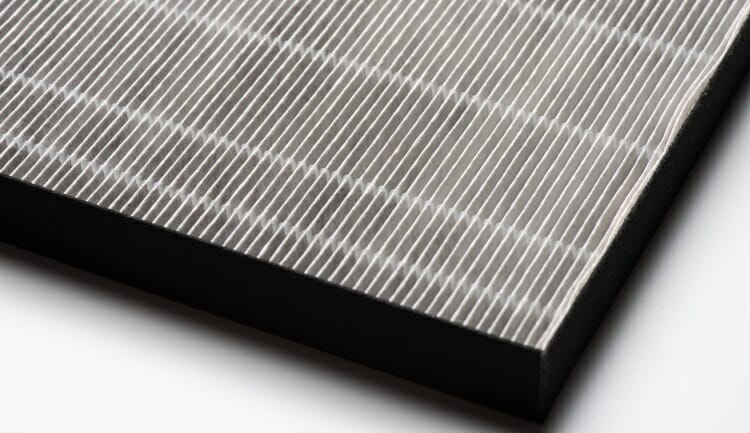Overview of Particle Counters
Particle counters measure the size and distribution of airborne dust particles. They have evolved from microscopes to advanced instruments like laser and multi-channel particle counters.
Wide Range of Applications
These instruments are used in various sectors, including pharmaceuticals, Electronics, environmental protection, hospitals, and research institutions for monitoring air cleanliness.

High-Efficiency filter leak detection
To check for filter leakage, aerosol generators and dust particle counters are commonly used, ensuring the integrity of filters and preventing contamination in cleanrooms.
Laser Particle Counter for leak detection
Laser particle counters detect high-efficiency filter leaks by identifying excessive suspended particles in the clean area, ensuring proper filter function.

Working Principle of Dust Particle Counters
Dust particle counters operate on light scattering principles, using a photomultiplier tube to detect and analyze particles' size and quantity for Cleanroom monitoring.
Environmental Conditions for Testing
Testing should occur with controlled temperatures (18-26°C) and humidity (45-65%), with specific room pressure differences to ensure accurate particle measurement and CleanRoom integrity.
 +86 18186671616
+86 18186671616 Jason@cleanroomequips.com
Jason@cleanroomequips.com
 MENU
MENU














